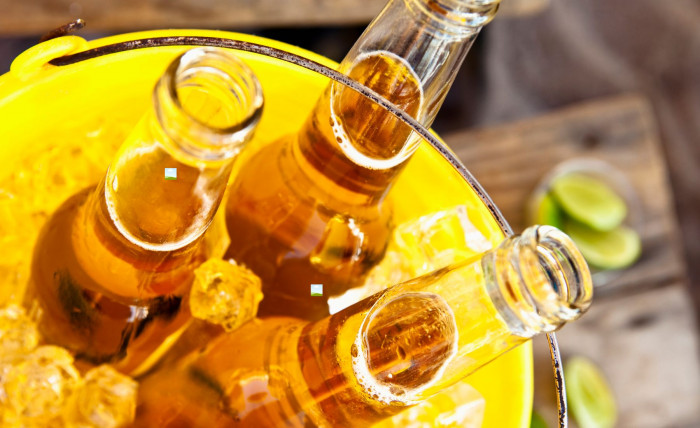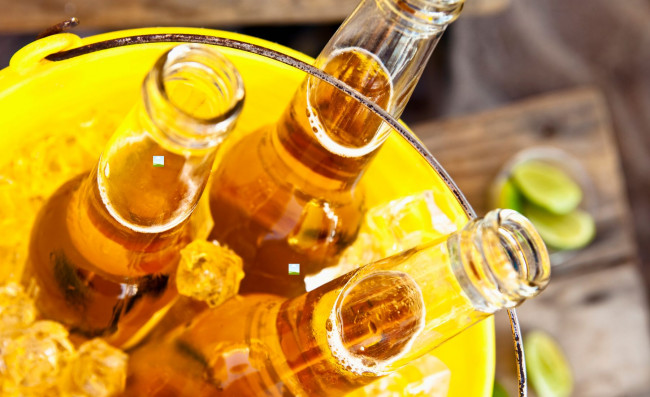Beer is more than just a beverage—it’s a story poured into a glass. From ancient civilizations sipping early forms of fermented grain water to modern craft breweries pushing boundaries with inventive flavors, beer has always had a unique place in human culture. It’s a drink that connects people across borders, eras, and celebrations. Whether enjoyed in a bustling pub, a backyard BBQ, or a quiet evening at home, beer speaks to tradition, experimentation, and a deep-rooted sense of community.

The Art of Brewing
At its core, beer is a beautiful alchemy of four simple ingredients: water, malted grain, hops, and yeast. Yet within this humble mix lies infinite possibility. Brewers tweak grain types, hop varieties, fermentation times, and temperatures to create an astonishing array of flavors—from crisp, golden lagers to deep, rich stouts. The science of brewing has evolved dramatically, with precision equipment and microbiology taking the art to new levels. But the heart of it remains a balance between nature and craft.
Different regions have their own brewing styles and preferences. In Belgium, the fruity complexity of Trappist ales dominates. Germany boasts crisp pilsners and dark dunkels, while the UK is home to balanced bitters and hoppy IPAs. Meanwhile, the U.S. continues to lead the global craft revolution with bold, experimental brews.
A Cultural Icon in Every Sip
What sets beer apart is how intimately it's tied to social experiences. It’s the clink of glasses during toasts, the relaxed buzz of pub chatter, the roar of a stadium crowd with cold brews in hand. Festivals like Oktoberfest in Munich or the Great British Beer Festival are not just celebrations of beer, but of shared heritage, pride, and merriment.
The variety of beer styles also mirrors the people who drink it. Lighter beers often accompany sunshine-filled gatherings, while richer ales bring warmth in colder months. There’s a beer for every mood, meal, and memory—making it one of the most versatile drinks in the world.
A Taste of Tradition: Mexico and Its Beer Culture
Mexico’s relationship with beer is as rich and refreshing as the drink itself. While tequila might get the spotlight, beer is deeply woven into the fabric of Mexican life. From beachside bars to lively cantinas, a cold cerveza is a constant companion in celebrations big and small. Brands like Corona and Modelo are recognized globally, but Mexico's beer legacy stretches far beyond exports.
Beer in Mexico is often served with a local twist—think micheladas, where beer meets lime, chili, and tomato juice in a tangy, spicy fusion that speaks to the country’s culinary creativity. Traditional Mexican lagers are known for being light, crisp, and perfectly suited for the country’s warm climate. In recent years, a wave of craft breweries has taken root in cities like Mexico City, Guadalajara, and Tijuana, introducing Mexican drinkers to IPAs, porters, and sours with a local flair—some even infused with ingredients like cacao, tamarind, or hibiscus.
What’s remarkable about Mexico’s beer culture is its ability to honor classic brewing techniques while embracing innovation. Beer here is both heritage and horizon.
Beer in the Modern World
Today, beer continues to evolve at a fascinating pace. Consumers are more curious than ever, seeking out new flavors, supporting independent brewers, and even trying their hand at homebrewing. Beer is also being paired with gourmet meals, replacing wine at fine dining tables, and finding its place in culinary creations—from beer-battered dishes to desserts made with rich stouts.
Sustainability has become a major conversation in the brewing world. Water usage, waste management, and energy consumption are being reimagined to create greener brews. Meanwhile, inclusivity is shaping the beer community, with more female brewers, minority-owned breweries, and global collaborations than ever before.
A Brief History of Beer
Beer is one of the oldest prepared beverages in human history, dating back to around 5,000 BCE. Early civilizations in Mesopotamia and Egypt included beer as part of their daily diet. It was often safer to drink than water, due to the fermentation process that killed harmful bacteria. The Sumerians even had a goddess of beer, Ninkasi, and passed down beer recipes in hymns.
As brewing techniques advanced, so did beer's role in society. In medieval Europe, monasteries became centers of beer production, with monks refining recipes and introducing hops to improve flavor and preservation. By the time of the Industrial Revolution, mechanization allowed for consistent quality and mass production, making beer accessible to the general public.
Types and Styles
The beauty of beer lies in its diversity. The four main ingredients — water, malted grains (usually barley), hops, and yeast — can be combined in endless ways to create different flavors, aromas, and strengths.
Lagers: These are the most commonly consumed beers worldwide. Known for their crisp and clean taste, lagers are fermented at low temperatures. Pilsners and Helles lagers fall under this category.
Ales: Fermented at warmer temperatures, ales tend to have a fuller body and fruitier flavors. This category includes styles like pale ales, IPAs (India Pale Ales), stouts, and porters.
Specialty and Craft Beers: These include sour beers, barrel-aged brews, and beers infused with ingredients like fruits, spices, or even coffee and chocolate.
Craft beer, in particular, has seen an explosion in popularity over the last few decades. Independent breweries around the world are experimenting with unique ingredients and brewing methods, leading to bold new flavors and limited-edition brews that push traditional boundaries.
Beer and Food: A Perfect Pairing
Just like wine, beer can be expertly paired with food to enhance both the dish and the drink. Lighter beers like lagers and wheat beers pair well with salads, seafood, and chicken. Richer, maltier beers like stouts or porters go perfectly with grilled meats, hearty stews, and even desserts like chocolate cake. The carbonation and complex flavors in beer make it a versatile partner on the dining table.
The Social Side of Beer
Beer has always played a central role in social gatherings — from ancient feasts and religious ceremonies to modern-day barbecues and sports events. The rise of beer festivals and craft beer tasting events shows how deeply it is woven into the cultural fabric. In many societies, sharing a beer is synonymous with celebration, camaraderie, and relaxation.
Responsible Enjoyment
While beer can be a source of enjoyment, it’s important to consume it responsibly. Moderation ensures that beer remains a pleasurable part of life without negative consequences. Many breweries now offer low-alcohol and alcohol-free beers, giving people the option to enjoy the taste without the effects of alcohol.















